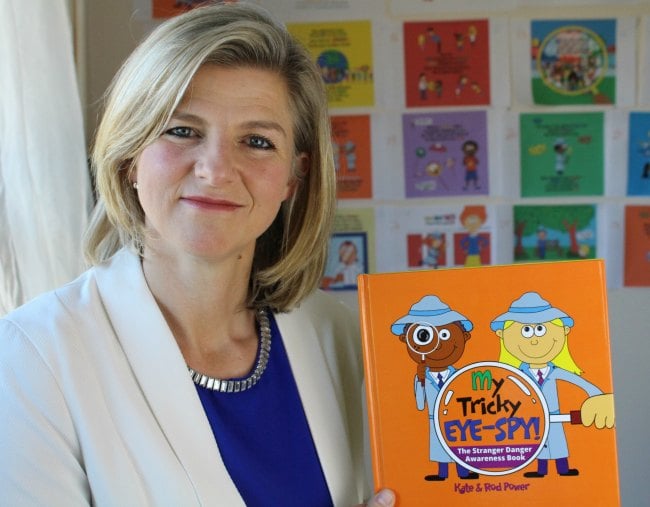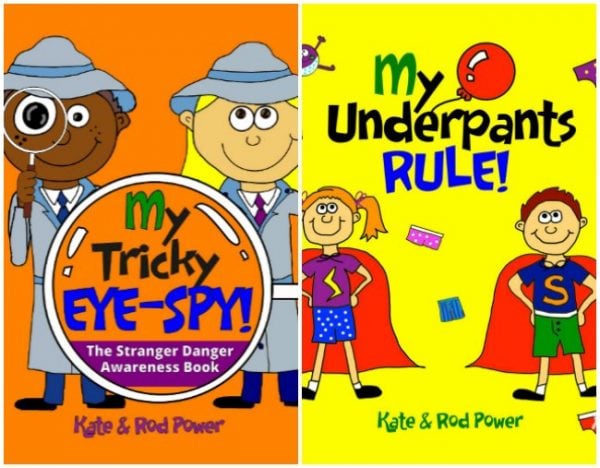
As a police officer, it was the worst aspect of my job – dealing with distraught parents who couldn’t believe it had happened to them. Their worst nightmares had come true and tragedy had struck their precious child.
Being a mother of three, I would see myself reflected in their eyes. Like them, I had seen statistics or a story and secretly thought, “Those poor people. But I’m a good parent so that will never happen to my kids”. Then I’d find myself consoling other good parents, starkly reminded that no one is immune from becoming a headline.
“What could we have done to prevent this?” was the question haunting them. Often, a lesson they should have taught their child to improve their chances of safety was the answer. But parenting is a difficult, hectic job, and teaching safety lessons to our kids is usually a low priority on our busy agenda. Also, many such topics are difficult for young children to grasp and parents to clearly articulate.
So this became my mission. How can I create tools that make safety topics fun for children to learn and easy for parents, carers and educators to teach?
Teamed with my husband, an expert in accelerated learning, we first tackled the tricky topic of body boundaries with My Underpants RULE! We were astounded by the positive reaction of parents, carers, educators and most importantly children around the world. Clearly there is a need for resources like this.


